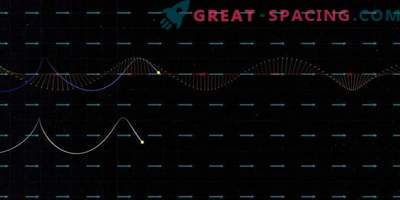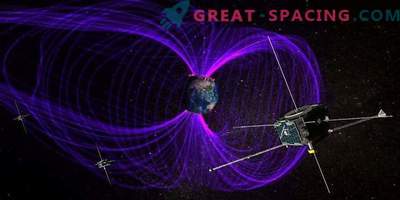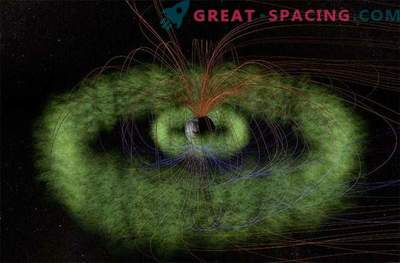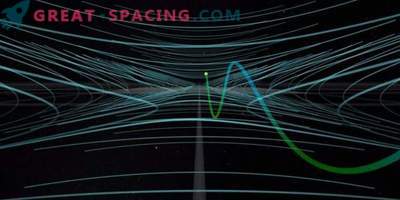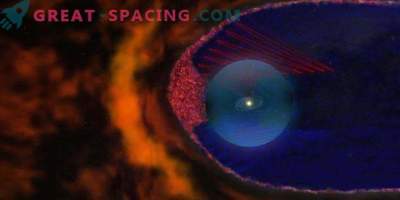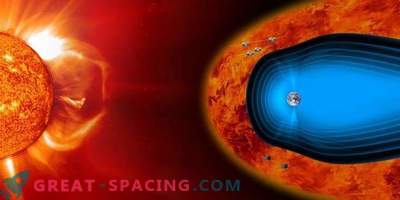
The Earth is constantly under attack by charged particles emitted by the Sun. The power is so huge that it could make life on the planet impossible. But this does not happen thanks to the protection in the form of a magnetic field deflecting particles. Captured particles bounce back and forth between the north and south poles in complex and changing patterns that are affected by electric fields. When the Van Allen radiation belts, in which they move, fall into the atmosphere near the poles, the aurora borealis form. Particle flashes can damage satellites and sensitive terrestrial equipment.

Bursts of EM waves, called “choral”, obtained by Arase / PWE in the internal magnetosphere
Therefore, it is important to understand the intricacies of the radiation belts. To do this, NASA launched twin satellites to study the Van Allen belts. But their orbits allow us to consider equatorial regions, which limits the ability to understand the particle flux and does not allow predicting their effect on all satellites.
To explore areas farther from the equator, a division of the Japan Aerospace Exploration Agency launched the Arase satellite in 2016. It was equipped with several sensors for the plasma wave experiment, which studied the electric field and plasma waves in the inner earth magnetosphere. Now scientists have managed to collect the first set of data from the sensors. Arase is represented by electrical and magnetic field detectors covering a wide frequency range. Also, the device can measure plasma / particles in a wide energy range. To improve the efficiency of the onboard computer examines the correlations between the fields and particles.

A conceptual illustration of the interaction of wave particles passing into the Earth’s internal magnetosphere. The study will deal with the satellite ERG
Equipment for plasma wave experiments passed the initial tests and successfully obtained high-quality data. We have received a huge amount of information about wave bursts, due to which it will be possible to learn more about the mechanisms of interaction of wave particles in the internal magnetosphere. In addition, it will be possible to compare satellite data with those collected simultaneously in the field. Understanding how electrons and other particles are ejected from the magnetosphere to the Earth will make it possible to predict bursts and create means of protection.

